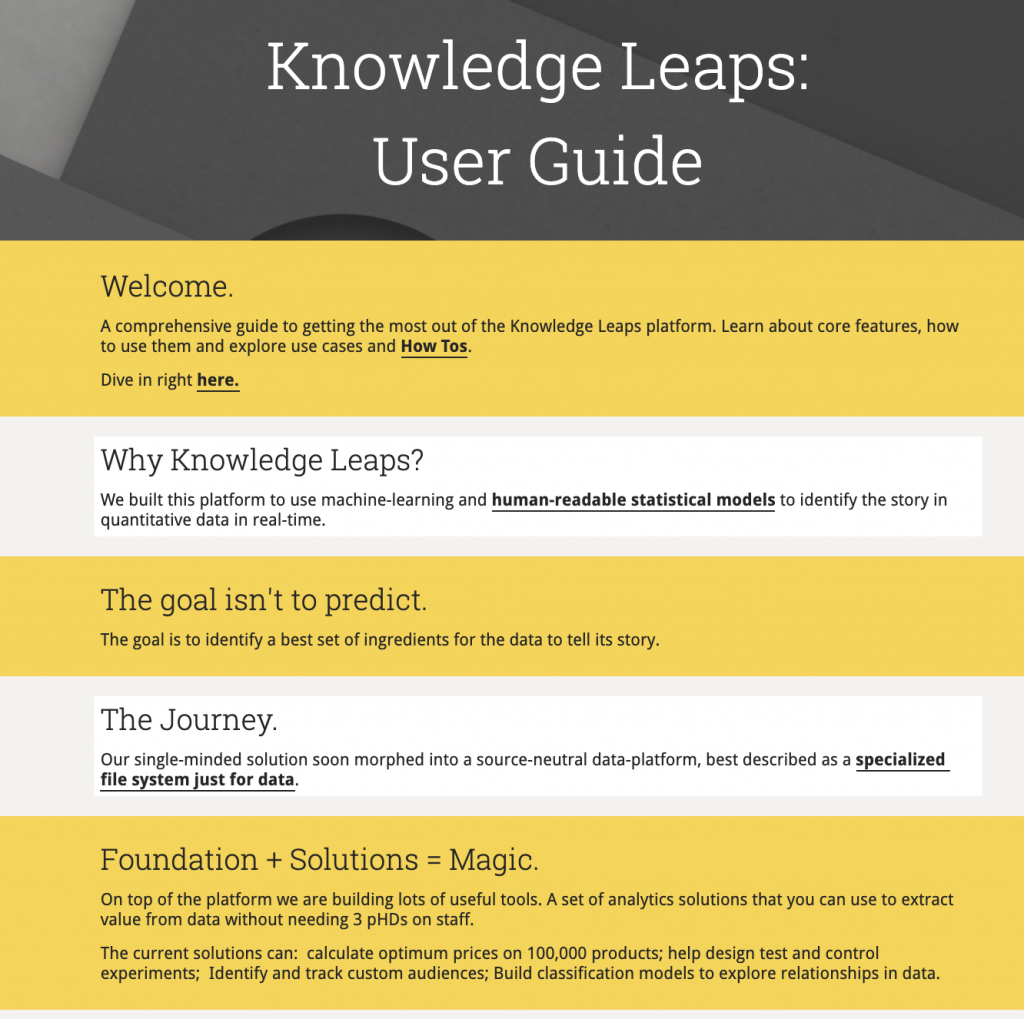In an interview with Shane Parrish the co-creator of Behavioral Economics, Daniel Kahneman, was asked if he was better at making decisions after studying decision-making for the past 40 years. His answer was a flat no. He then elaborated, saying that biases are hard for an individual to overcome. This dynamic is most evident in the investment community, especially start-up investors. WeWork is a good case study in people ignoring their biases. An article in yesterday's Wall Street Journal (Paywall) describes WeWork's external board and investors looking on as the firm missed projections year-after-year. On the run up to the IPO, people were swayed by their biases and despite data to the contrary more gasoline was poured on the fire. It took public scrutiny for the real narrative to come out and for people to see their own biases at play. To be fair to those involved, the IPO process was used to deliver some unvarnished truths to WeWork's C-suite. As Kahneman said, even professional analysts of decision-making get it wrong from time to time.
What hope do the rest of us have? With the right data it is easier to at least be reminded of your biases, even if you choose to accept them. With our data and analytics platform we have built two core components that give you and your team a greater opportunity of not falling into a bias trap.
Narrative Builder
This component uses an algorithm that outputs human-readable insight into the relationships in your data. Using correction techniques and cross-validation to avoid computational-bias you can identify the cold-facts when it comes to the relationships (the building blocks of the narrative) in your data.
Collaborative Insight Generation
The second component we have built to help diminish bias is a collaboration feature. As you analyze data and produce charts other members of your team and provide input and hypotheses for each chart. Allowing a second, third or even fourth pair of eyes to interpret data helps build a resilient narrative.
Surfacing a bias-free narrative is only part of the journey, we still need to convince other humans, with their own biases, of the story discovered in the data. As we have learnt in recent years, straight facts aren't sufficient conditions of belief. At least with a collaborative approach we can help overcome bias traps.
Surfacing a bias-free narrative is only part of the journey, we still need to convince other humans, with their own biases, of the story discovered in the data. As we have learnt in recent years, straight facts aren't sufficient conditions of belief. At least with a collaborative approach we can help overcome bias traps.



